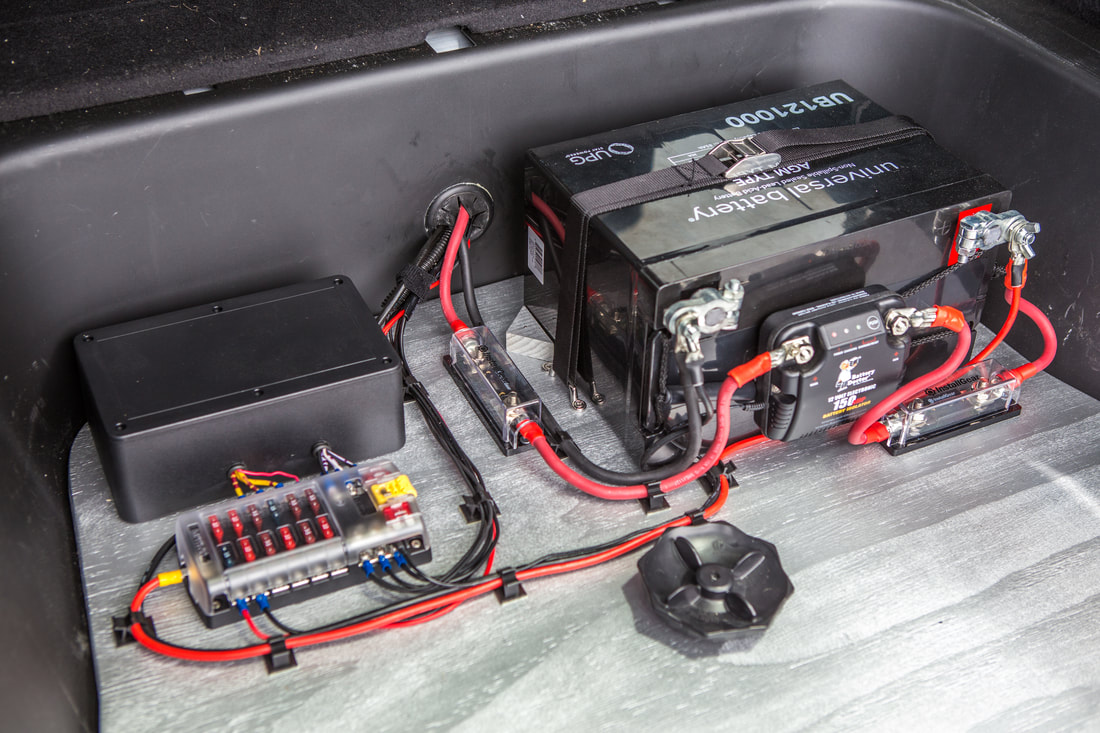Whether personally or professionally, we've all experienced these horrible cases when the car battery was empty, or as the British put it… "flat". Apart from maintaining the car properly to avoid low battery levels, using an extra battery is another great way to solve the problem. You can now also find the best dual battery system if you navigate to this web-site.

Image Source: Google
The use of additional batteries is highly recommended for missions that require the electronics to operate for long periods with the engine turned off, such as emergency management, decoy cars, surveillance cars and vehicles. Regardless of the mission, the on-board electronics must be connected to an auxiliary battery, meaning the vehicle's starter battery is fully ready for normal use.
To get the most out of the extra battery and to ensure operator safety, there are a few simple things to keep in mind and recommendations for each installation.
1 – Battery Insulator:- Probably the most important element required for an auxiliary battery system is the battery insulator. Insulators allow additional batteries to receive charge from the vehicle's electrical system, but as the name suggests, they isolate them and prevent backflow and discharge of additional batteries. The state-of-the-art battery isolator also allows operators to manually overcome isolation and assist in emergency jumps.
2- Fuse:- Adding an additional battery system creates a new circuit, and in some cases, e.g. in the surveillance vehicle, many sub-circuits are made. Without compromise, when a new circuit is added, a suitable fuse must be installed. In essence, the size of the fuse should be larger than the demand by a small margin.
3 – Wiring:- As with fuses, the number of wires depends on the total load and possible future use. Just like a fuse, if the wire is too small … just blown, but in this case it poses a serious safety risk.In this sense, the larger the wire gauge (AWG) the better.